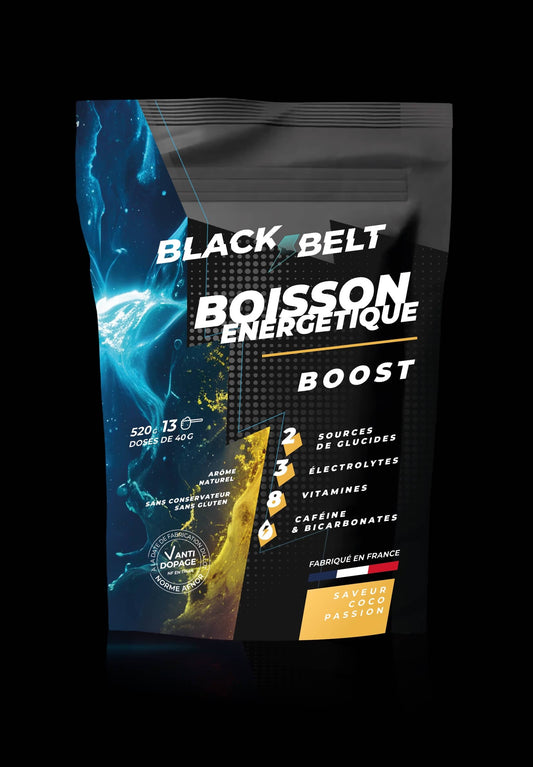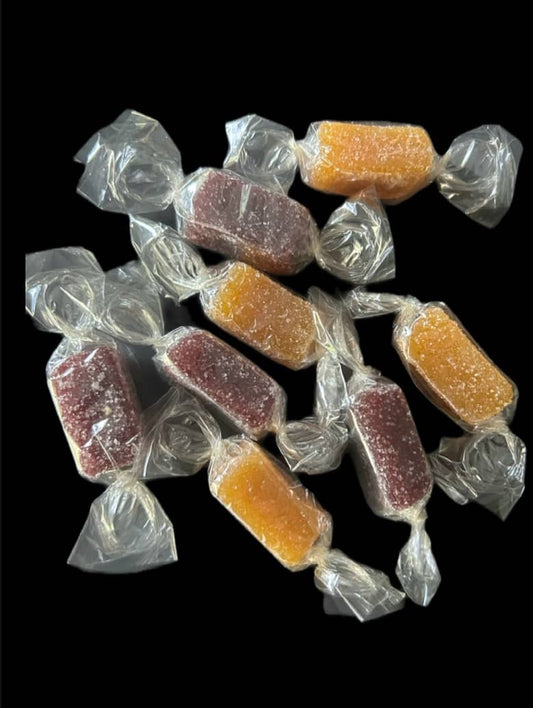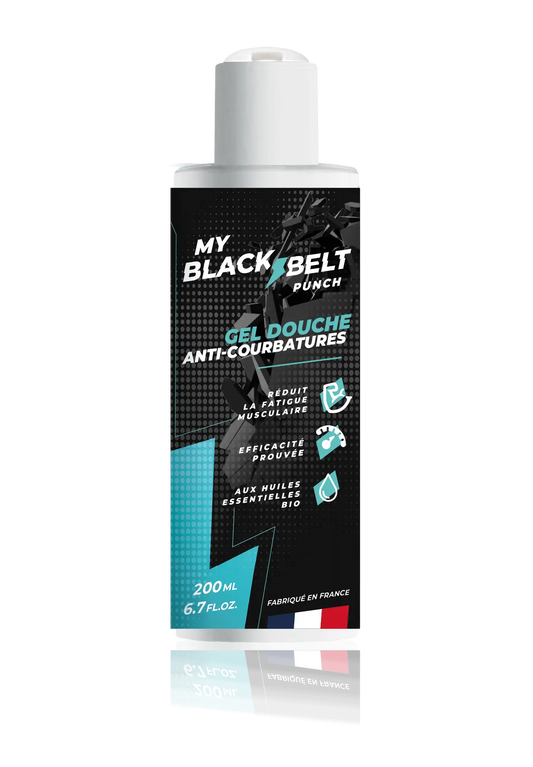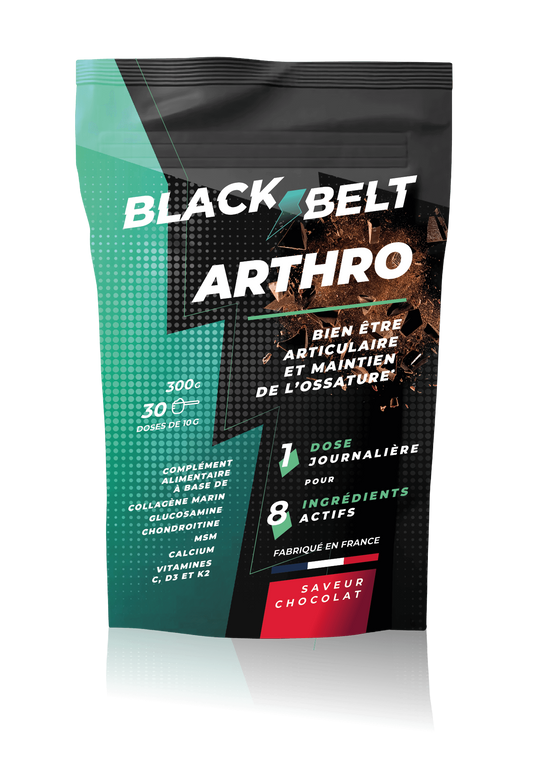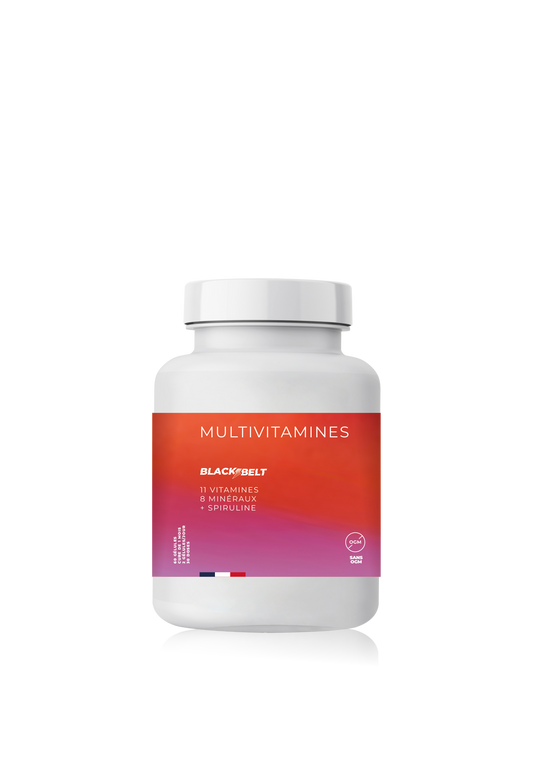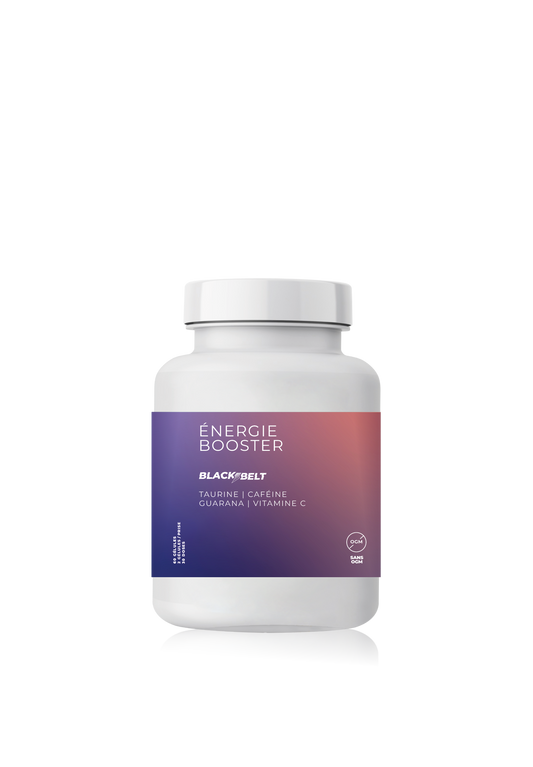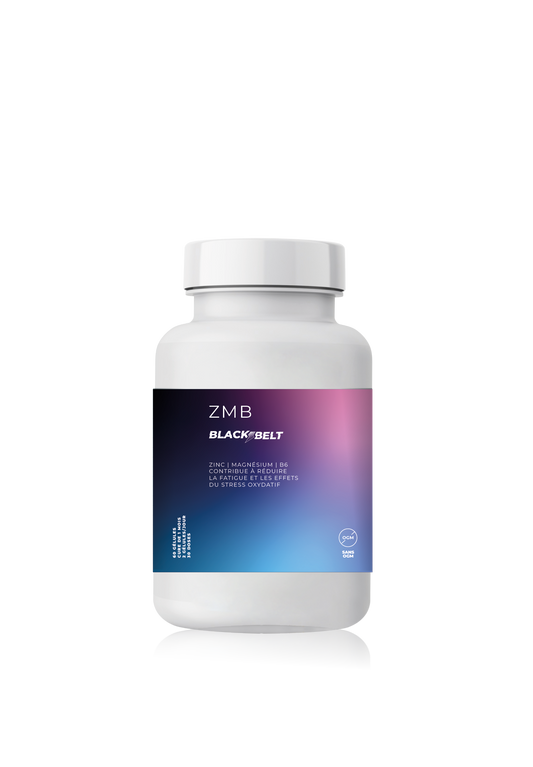Calculate Calories Burned Cycling Based on Power and Duration
Whether you're a road cyclist, mountain biker, or a home trainer, knowing how many calories you burn during a bike ride is essential for optimizing your nutrition and recovery.
Our cycling calorie burn calculator allows you to estimate your energy expenditure based on the power output (in watts) and the duration of the effort.

Why Calculate Calories Burned on a Bike?
Unlike running, where energy expenditure is directly related to distance traveled, in cycling, power output is the key factor. The more watts you generate, the more energy your body consumes.
Example: A cyclist developing 200W for 1 hour burns approximately 720 kcal, while an effort at 150W for the same duration will consume only 540 kcal.
The Benefits of Accurate Calorie Burn Tracking
Optimize your diet before, during and after exercise.
Adjust your carbohydrate intake to avoid fatigue on long outings.
Better manage your recovery based on the energy expended.
Adapt your training according to your goals (weight loss, performance, endurance).
How to Calculate Energy Expenditure on a Bike?
Our calorie burn calculator uses the relationship between power, time, and metal efficiency to estimate your energy expenditure.
Formula used:
Explanations:
• 1 watt = 1 joule/second, and 4.18 joules = 1 calorie.
• The metabolic efficiency of the human body is about 20-25% (only a part of the energy expended is converted into mechanical power).
Calculation example:
Power (W) Duration Calories burned
150W 1h ~540 kcal
200W 1h ~720 kcal
250W 1h ~900 kcal
300W 1h ~1080 kcal
The harder and longer you ride, the more calories you burn!

Factors that Influence Energy Expenditure on a Bike
1. The Impact of Power on Calories Burned
At a constant effort, a cyclist developing 200W will burn more calories than one developing 150W. In interval training, the intensity phases increase total energy expenditure. A heavier cyclist will need to produce more watts to maintain the same speed uphill.
Tip: Track your average power to better estimate your energy expenditure.
2. The Influence of Duration and Type of Exercise
A long, moderate-intensity outing (150-180W) will burn fewer calories than a short, intense effort.
Interval training stimulates higher post-exercise energy expenditure (afterburn effect).
Cycling uphill requires more energy than on the flat at the same power.
Example: 1 hour at 200W on the flat ≠ 1 hour at 200W uphill (the second requires more muscular effort).
3. The Influence of Metabolic Performance
Everyone has a different one: some people burn more calories than others at the same power output.
Regular training improves energy efficiency, involving expenditure for the same effort.
The type of pre-workout diet plays a role in the amount of fat and carbohydrates used.
Tip: Adapt your diet according to your goals (performance, endurance, weight loss).

How to Use the Calories Burned Calculator While Cycling?
Our online tool allows you to easily estimate your calorie expenditure.
Instructions for use:
Indicate the average power (in watts) measured by a sensor or an estimate.
Enter the total duration of the effort (hours and minutes).
Get your energy expenditure in kcal immediately.
Add this information to your nutritional monitoring to optimize your food intake.
Tip: If you don't know your power output, use our pace converter to estimate your effort based on your speed and terrain type.
Conclusion: Manage Your Energy Better When Cycling
With our cycling calorie burn simulator, you can better understand your energy expenditure and adjust your nutritional strategy accordingly.
Test our tool now and optimize your training and competitions!
Whether you're looking to improve your performance, optimize your recovery, or simply manage your weight, knowing how many calories you burn while cycling is valuable information.
Improve your cycling performance with our range of products:
-
Pack hydratation - Longue distance
Regular price €54,90Regular priceUnit price / per€59,80Sale price €54,90Sale -
 Sale
SalePack Hydratation
Regular price €29,80Regular priceUnit price / per€34,70Sale price €29,80Sale -
Boisson Énergétique BOOST
Regular price €26,90Regular priceUnit price / per€26,90Sale price €26,90 -
Long Distance Energy Drink
Regular price €26,90Regular priceUnit price / per€26,90Sale price €26,90 -
Electrolyte Drink
Regular price €14,90Regular priceUnit price / per€14,90Sale price €14,90 -
Pack: Health Essentials
Regular price From €64,90Regular priceUnit price / per€69,70Sale price From €64,90Sale -
Pâtes de Fruits Énergétiques
Regular price €10,90Regular priceUnit price / per€10,90Sale price €10,90 -
Maltodextrine DE6 avant course
Regular price €16,90Regular priceUnit price / per -
BlackBelt Punch - Shower Treatment
Regular price From €15,90Regular priceUnit price / per€15,90Sale price From €15,90 -
Pastilles d'Electrolytes
Regular price From €9,90Regular priceUnit price / per€9,90Sale price From €9,90 -
BlackBelt Arthro - Joint & Bone Care - Chocolate Flavor
Regular price €39,90Regular priceUnit price / per€39,90Sale price €39,90 -
Collagène Marin Français Cartidyss® Type II
Regular price From €29,90Regular priceUnit price / per€29,90Sale price From €29,90 -
Multivitamins 11 Vitamins + 8 Minerals + Spirulina
Regular price €19,90Regular priceUnit price / per€19,90Sale price €19,90 -
Omega 3 Epax®
Regular price From €19,90Regular priceUnit price / per€19,90Sale price From €19,90 -
Energy Booster Capsules - Pre Workout
Regular price €19,90Regular priceUnit price / per€19,90Sale price €19,90 -
Ashwagandha Shoden®
Regular price €19,90Regular priceUnit price / per€19,90Sale price €19,90 -
FREE Guide: Running & Recovery
Regular price €0,00Regular priceUnit price / per
Other articles that may interest you:
Calculateur des Calories Brûlées en Cyclisme
Résultat :
Calories brûlées : - kcal
More than 25 free tools in my toolbox
Subscribe to our emails
-
FREE Guide: Running & Recovery
Regular price €0,00Regular priceUnit price / per -
Booster son allure en course à pied
Regular price €0,00Regular priceUnit price / per -
FREE Guide: Healthy Gourmet Recipes
Regular price €0,00Regular priceUnit price / per -
FREE Guide: The Menstrual Cycle and Sport
Regular price €0,00Regular priceUnit price / per -
FREE Guide: Avoid Injuries and Perform at Any Age
Regular price €0,00Regular priceUnit price / per -
Ebook: The keys to flexibility
Regular price €8,99Regular priceUnit price / per



